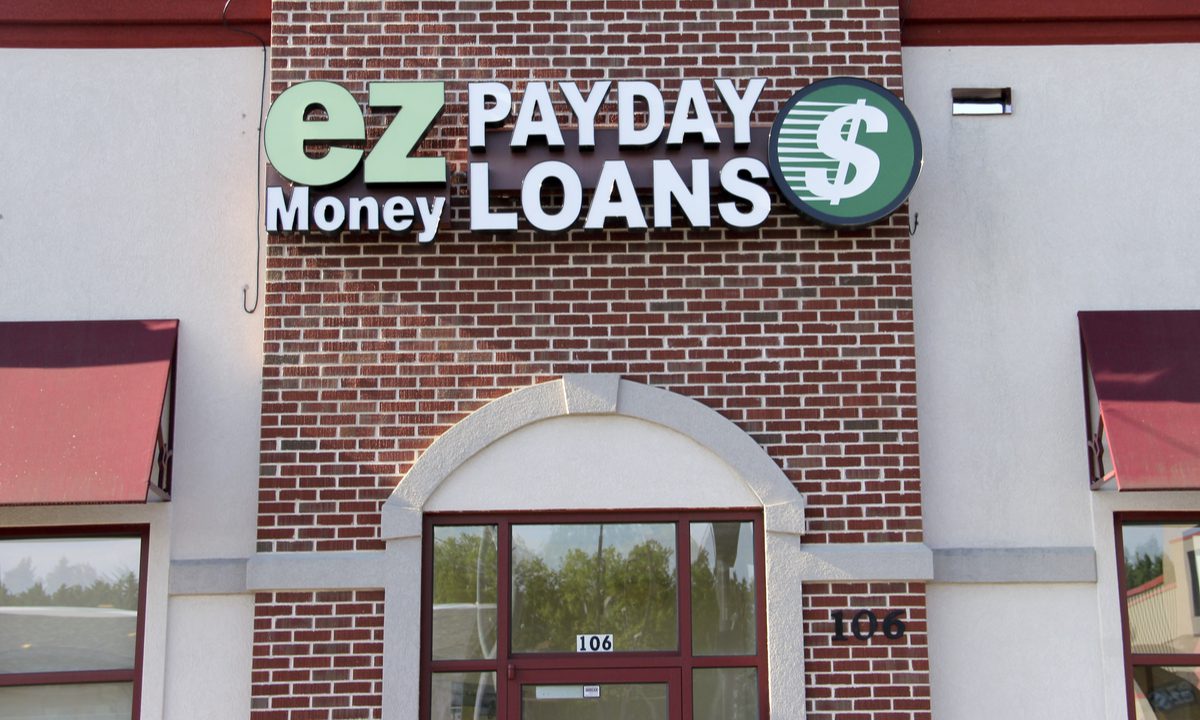Payday Lenders Face Uphill Road To Invalidate CFPB’s Rules

On Monday, May 9, a Fifth Circuit panel questioned whether a U.S. Supreme Court ruling requires the Consumer Financial Protection Bureau (CFPB) to invalidate a 2020 payday rule and to restart the process of new payday loan regulations.
Christian Vergonis, attorney for the industry trade associations who brought the case, argued that a 2020 rule that limited lenders from accessing borrowers’ bank accounts to collect payments runs afoul of federal rulemaking procedures and the Supreme Court precedents and it should therefore be struck down.
The rule at stake is probably the most litigated rule adopted by the Bureau, and after more than four years since its inception, none of its provisions are currently in effect.
The rule was promulgated in 2017 during the Obama administration and had two main prohibitions: a prohibition on making payday loans without assessing a borrower’s ability to repay (the “underwriting provisions”) and a prohibition on attempting to withdraw funds from a payday customer’s account without customer consent after two consecutive failed withdrawal attempts (the “payment provisions”).
In 2020, with a newly appointed CFPB director, the agency repealed the underwriting provisions but left intact the payment provisions. Trade groups filed a suit challenging the payment provisions. A district court has upheld this provision against the industry groups’ challenge, but the compliance date with the payment provision has been stayed until 286 days after the trade groups’ appeal is resolved. The oral arguments for this appeal have been scheduled for May 9, 2022.
This litigation is partially based on the authority that the CFPB had at that time of issuing the rule, and the fact that former President Donald Trump could not initially remove a CFPB´s director from office.
The 2020 CFPB´s decision to repeal the “underwriting provision” followed a Supreme Court decision in June 2020 that declared that the Obama-era agency’s structure was unconstitutional.
At issue in that case was whether the president has the power to remove a CFPB director during the agency chief’s six-year term. When Congress created the agency in 2014, it said a president doesn’t have that power and the director could only be fired for “inefficiency, neglect of duty, or malfeasance in office.”
In its ruling, the Supreme Court stated that “we therefore hold that the structure of the CFPB violates the separation of powers. We go on to hold that the CFPB Director’s removal protection is severable from the other statutory provisions bearing on the CFPB’s authority. The agency may therefore continue to operate, but its Director, in light of our decision, must be removable by the President at will.”
Read More: Supreme Court Rules CFPB Structure Unconstitutional
During his oral arguments on Monday, May 9, Vergonis, argued that the U.S. Supreme Court precedent is relevant because it deprived President Trump of the power to remove somebody from office that “he wanted to replace for persons of his own choosing” but “President Trump was advised not to fire the director until the resolution of the litigation at the Supreme Court.” As the Director of the bureau was “improperly appointed,” i.e. someone President Trump wouldn’t have chosen, there was a defect of authority, Vergonis argued. This had caused damage to the trade associations who are entitled to a remedy, which is the invalidation of the CFPB’s rule, the attorney claims.
The CFPB argued that there was no harm, but even if the court finds that there was, the only remedy would be for the agency to show that the rule was adopted following the policies accepted by the Trump administration, and not the invalidation of the rule.
The question at stake is whether the CFPB could lawfully issue the rule, regardless of the situation with its director, or if the whole agency was affected by its unconstitutional structure and therefore the rule should be issued again.
Read More: Supreme Court Rules CFPB Structure Unconstitutional
